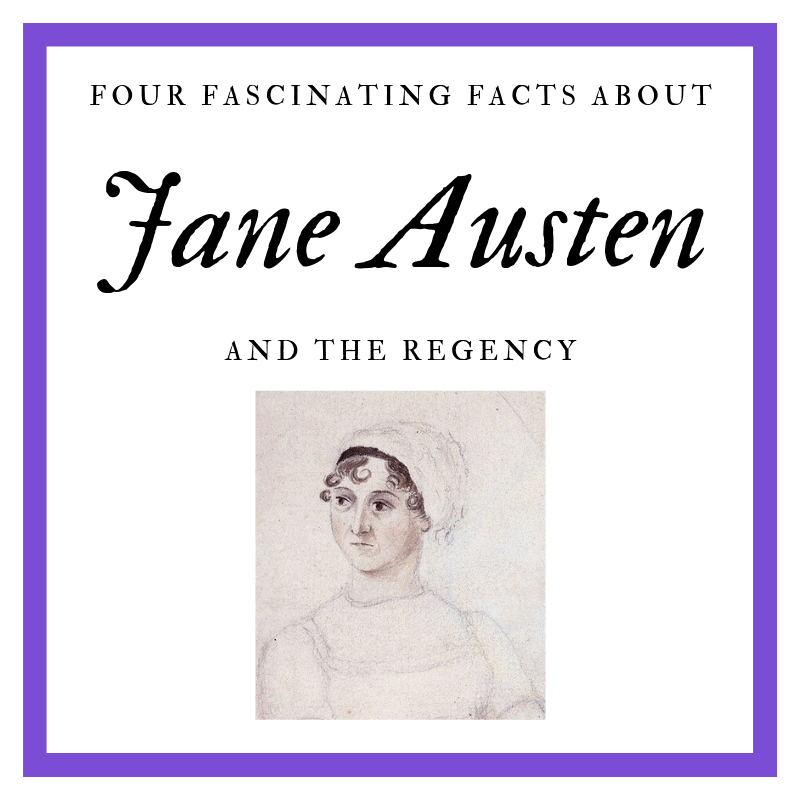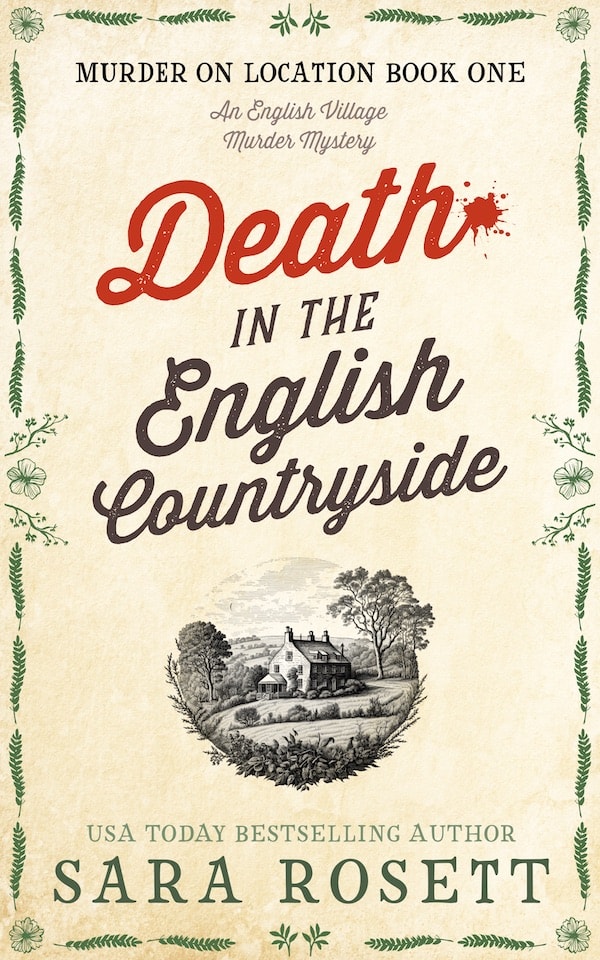
While researching the books Death in the English Countryside and Death in an English Cottage, the first two books in the Murder on Location series, I discovered some interesting facts about Jane Austen. The cozy mystery series is about a location scout who searches for filming locations in England for Jane Austen-related programs. I’ve read Jane Austen and lots of Regency romances, and I’m a bit of a history buff, so I thought I had a basic grasp of Austen’s time and life. Boy, was I wrong. Here are four facts that surprised me.
A wet nurse cared for Jane Austen during the early years of her life
I thought a wet nurse was a sort of live-in nanny—someone to help out during the first months of the baby’s life. That may have been the case in very wealthy families, but not in Austen’s family.
In The Friendly Jane Austen, Natalie Tyler describes the prevailing practice of Jane Austen’s day. “When Jane Austen was young, infants of her class were shipped out to the home of a wet nurse, who was paid a few shillings weekly to provide milk and basic care. Austen’s mother chose to nurse her own infants for about three months and then send them to a wet-nurse in the nearby village who returned the children as walking, talking toddlers, ready to engage with at least a certain amount of sentience, in family life.” Jane Austen stayed with her wet-nurse for “a year or eighteen months,” according to Tyler.
It’s very interesting to compare this practice to the current prevailing attitude that every moment of development is precious and that the parents must make the most of every moment a la Baby Mozart, Baby Einstein, and Gymboree.
Jane Austen got 1-star reviews, too (as well as some really nice 5-star reviews)
Today, it seems every loves Jane Austen (especially movie makers and publishers!) but she’s also had some famous critics like Mark Twain who said, “Every time I read Pride and Prejudice I want to dig her up and beat her over the skull with her own skin-bone.”
By his own admission, he’d read it many times. I have to wonder, why did he keep going back to it?
Other reviewers were much more supportive, like this one from Annabelle Milbanke, who would later become Lady Byron (also quoted from Tyler’s The Friendly Jane Austen): “I have finished the Novel called Pride and Prejudice, which I think a very superior work. It depends not on any of the common resources of novel writers, no drownings, no conflagrations, nor runaway horses, nor lap-dogs and parrots, nor chambermaids and milliners, nor rencontres and disguises. I really think it is the most probable I have ever read. It is not a crying book, but the interest I very strong, especially for Mr. Darcy. The characters which are not amiable are diverting, and all of them are consistently supported.”
No one can resist Mr. Darcy, it seems. :)
William Gilpin’s “Picturesque” philosophy influenced Austen
William Gilpin wrote several books about the landscape of Britain, celebrating its natural beauty. He coined a word, “picturesque,” to describe landscape views that would look nice in a picture, according to Jane Austen’s World by Maggie Lane. Gilpin had very exacting requirements: only natural beauty was picturesque—farmland was out as were neatly kept homes, but scenic ruins in a hazy distance were highly desired. Lane states that the picturesque is mentioned in several of Austen’s books, including Elizabeth’s refusal to join the Bingley sisters and Mr. Darcy in a walk, saying they are “charmingly group’d” and that a fourth person would spoil the picturesque.
Servants didn’t circulate with food at meals
Lane also describes each meal of the day in great detail, including the largest one, dinner, which was “as elaborate as the resources of the family would allow—that is, as the skill and number of their servants could produce. Multiple dishes of fish, meat and game would be placed on the table, together with a few side dishes of vegetable and two or three puddings. This was known as a course and everybody helped their neighbors to what they wanted.” So my Downton Abbey-induced images of footmen circling the table bearing platters of food is completely wrong for the Regency.
These are just a few of the tidbits about Regency life that I discovered. If you’re interested in the Regency or Jane Austen, pick up a copy of either one of the books I mentioned. Both are entertaining and illuminating.
Do you love Jane Austen and cozy mysteries? Then you’ll enjoy the Murder on Location series, which features a film scout for Jane Austen-inspired productions who searches English villages and stately homes for the perfect filming locations and always gets mixed up in murder.


Recent Comments